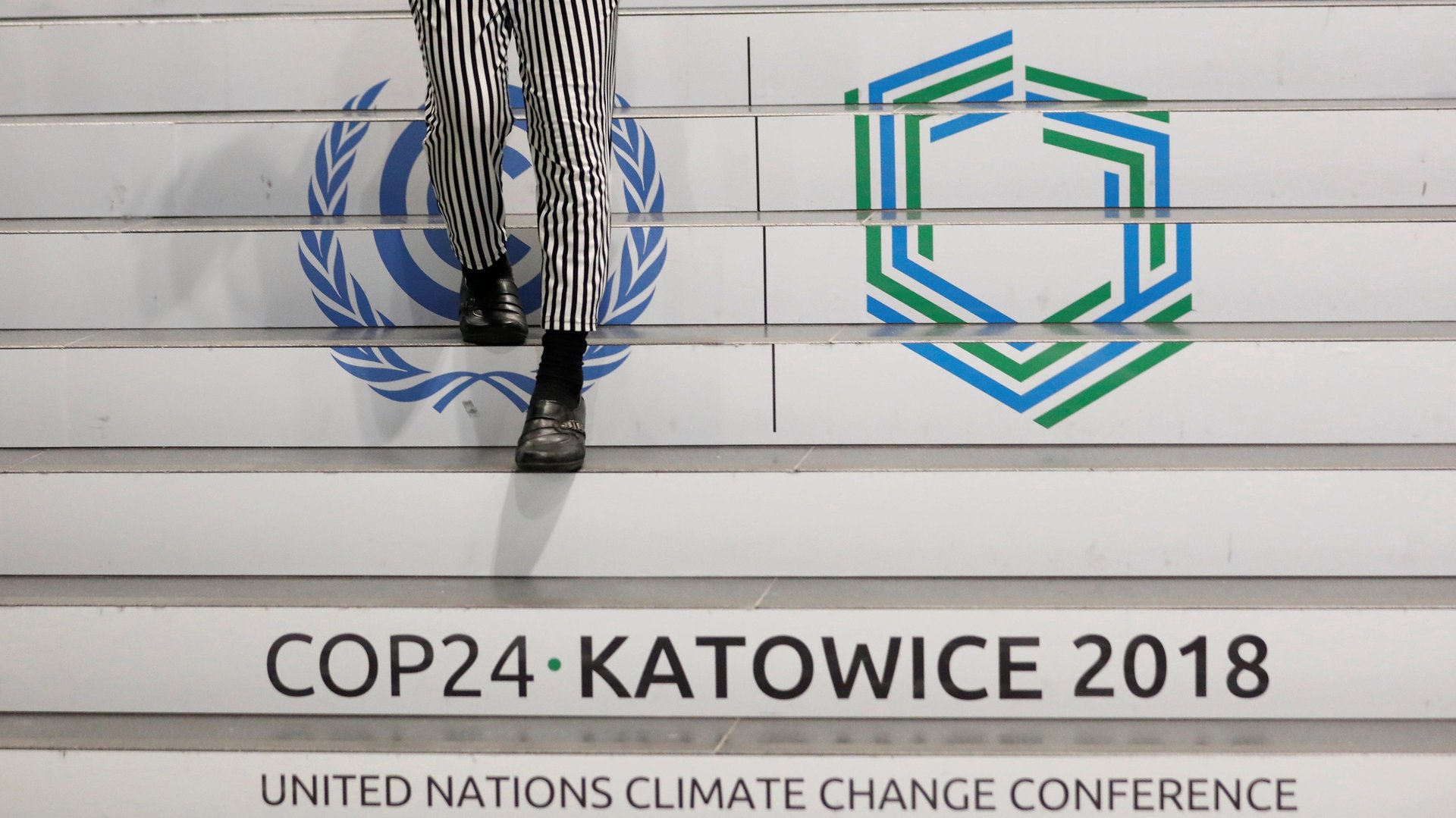Fashion’s ambitious new project to reduce its climate impact is getting help from the UN
The global fashion business is a massive industrial source of greenhouse gases, largely as a result of all the textiles it produces. A recent analysis (pdf) by the Ellen MacArthur Foundation, an organization dedicated to hastening a transition to a circular economy, estimated that textile production released 1.2 billion tons of CO2 equivalent in 2015—roughly as much as a passenger car emits over 257 million miles of driving, according to the US environmental protection agency’s equivalency calculator. The figure is only set to increase, as growing middle classes in countries such as China and India begin buying up more clothes.


The global fashion business is a massive industrial source of greenhouse gases, largely as a result of all the textiles it produces. A recent analysis (pdf) by the Ellen MacArthur Foundation, an organization dedicated to hastening a transition to a circular economy, estimated that textile production released 1.2 billion tons of CO2 equivalent in 2015—roughly as much as a passenger car emits over 257 million miles of driving, according to the US environmental protection agency’s equivalency calculator. The figure is only set to increase, as growing middle classes in countries such as China and India begin buying up more clothes.
But at the UN’s big COP24 climate summit in Poland yesterday (Dec. 10), dozens of leading brands and other stakeholders from across the industry signed an ambitious charter. They pledged to work together, with assistance from the UN climate change convention secretariat (UNFCCC), to reduce their aggregate greenhouse-gas emissions 30% by 2030, and to use their collective power to work with governments, investors, experts, and more to create “systemic change” in the fashion industry and beyond.
The signatories of the Fashion Industry Charter for Climate Action (pdf) are some of the world’s biggest clothing labels, including Inditex (owner of Zara), H&M, Adidas, Burberry, Levi’s, Esprit, Guess, Gap, Puma, and Kering (owner of Gucci and Yves Saint Laurent, among other brands). The US big box retailer Target signed on, as did global logistics company Maersk, and organizations such as China’s national textile and apparel council and the sustainable apparel coalition. The companies are also encouraging others to join the open charter.
In addition to significantly cutting their greenhouse-gas emissions, signatories have also committed to using low-impact materials, as well as quantifying, tracking, and publicly reporting their emissions. They also said they would partner with experts, businesses, investors, and others to come up with a decarbonization path for the whole fashion industry. They’ll work with policymakers and the finance community to devise scalable solutions for reducing emissions throughout the sector. And they promised to use their collective power to create a dialogue with governments in key countries to develop and enable policy changes and projects.
The UN, which has previously spoken out about its stake in reducing fashion’s large and dirty environmental footprint, will “facilitate and coordinate” their work. It will help arrange the working groups they set up, for instance, and set meetings to take stock of progress, share lessons learned, and discuss what the signatories need to accomplish in the next year.
The ambitious project will likely require research and new innovations to reach the goals it has set. But the fashion industry is realizing that reducing its impact is a necessity, not an option.
Stella McCartney, one of the signatories and a designer known for championing sustainability in fashion, said the problem of climate change “really needs leaders to come together and work as a force that can change policy and create laws and legislation,” while speaking at Business of Fashion’s Voices conference on Nov. 29, where the charter was first announced.
Of the charter’s purpose, she explained: “It’s really about bringing everyone together as an industry…and the leaders that can actually make the change at the sourcing, at the manufacturing, and at the design, actually taking responsibility and putting our money where our mouth is.”